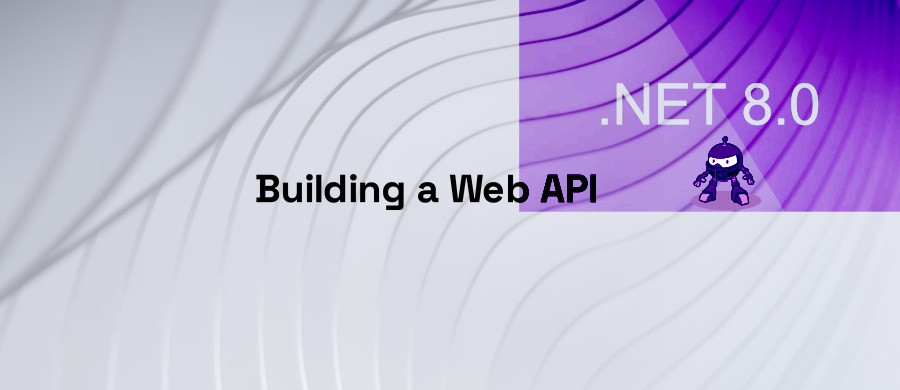
Building a Web API with .NET 8
The following tools are required to build and run this project:
- .NET 8 SDK
- A Code editor like Visual Studio Code
- A browser of your choice that supports JavaScript and WebAssembly (so everything except Internet Explorer 11)
There are three projects in this repository:
- ExpenseTracker: A .NET 8 Web API project that serves as the backend for the frontend project.
- Frontend: A Blazor WebAssembly project that serves as the frontend for the Web API project.
- ExpenseTracker.Tests: A .NET 8 xUnit project that contains unit tests for the Web API project (WebApplicationFactory).
The whole application is a simple Expense Tracker (CRUD application) that allows you to add, edit, delete and view expenses. It uses a SQLite database to store the expenses (via Entity Framework Core) and SignalR to notify the frontend when the expenses are updated.
There are two branches:
- main: Contains the final version of the application. So everything is already implemented.
- ui-only: Contains the frontend project only. So you can implement the backend yourself.
But it would be nice to understand the single steps - therefore there are some branches that incrementally go from ui-only to main:
- step-1: This branch adds the Web API project and the first controller via Minimal API. The controller returns a static list of expenses. It also includes CORS to make the frontend work!.
- step-2: Adding Entity Framework with SQLite to enable retrieval via the database.
- step-3: Implementing the POST request, so that the client can easily add new expenses and return them.
- step-4: Implementing the PUT request, so that the client can easily update existing expenses.
- step-5: Implementing the DELETE request, so that the client can easily delete existing expenses.
- step-6: Moving everything to its own small file to cleanup "the mess".
- step-7: Adding SignalR to notify the frontend when the expenses are updated.
- step-8: Adding logging and our own first middleware
- step-9: Adding the global exception handler
- step-10: Adding the Tests (WebApplicationFactory)